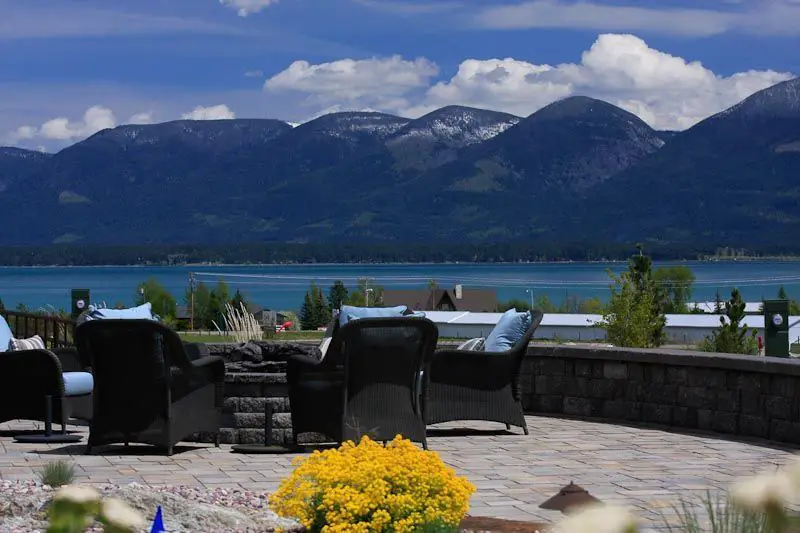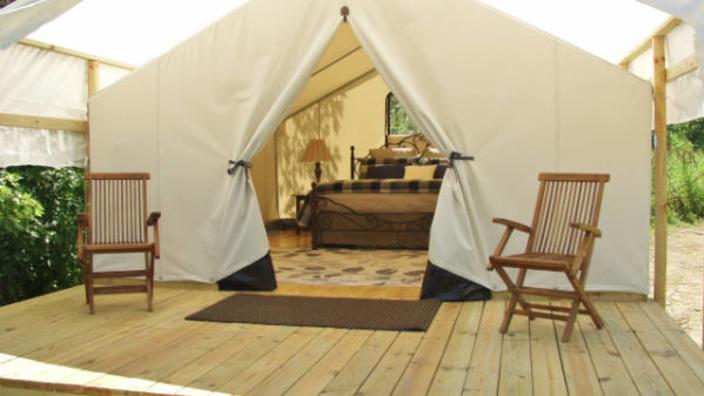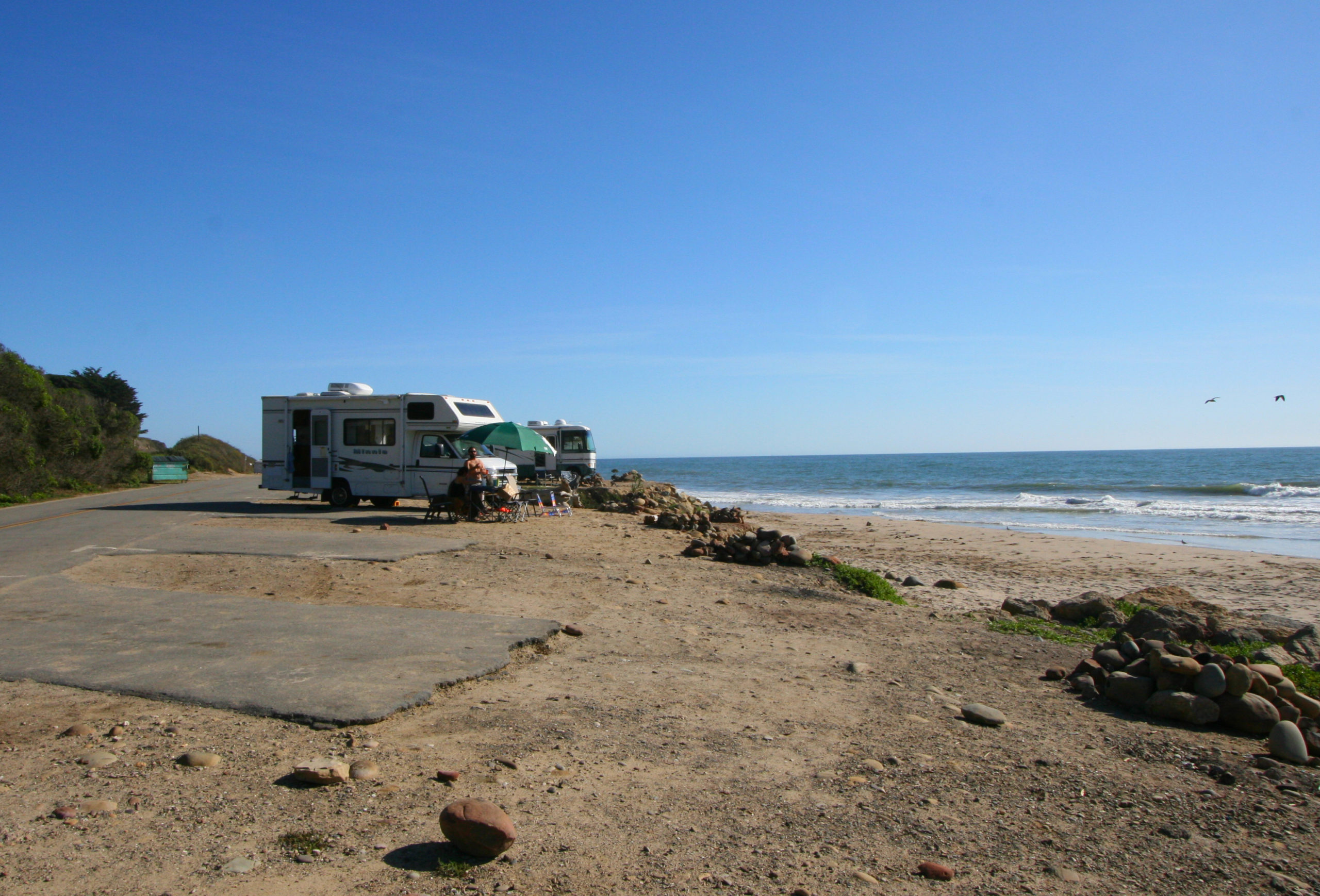So, you just bought a new RV and are ready to hit the road. You take your new toy home and start reading about all the nifty options it has and how to work them. Then you run across the RV stabilizing jacks section and everything comes to a screeching halt. You ask your spouse, what the heck is a stabilizing jack?
Believe it or not, there are lots of people that jump into a new RV with very little research or knowledge of their working parts. For those people, we are here to help with some answers. So, what are stabilizing jacks and how do my RV stabilizer jacks work?
RV stabilizer jacks are used to apply pressure between the ground and frame of your RV. This will in turn greatly reduce sway and movement when walking around the inside of the RV. There are many types on the market to choose from when looking for an RV, such as hydraulic, electric, and manual cranks. Not all should be used for both leveling and stabilizing, you will need to do your research. Hopefully, this article will get you off on the right foot.
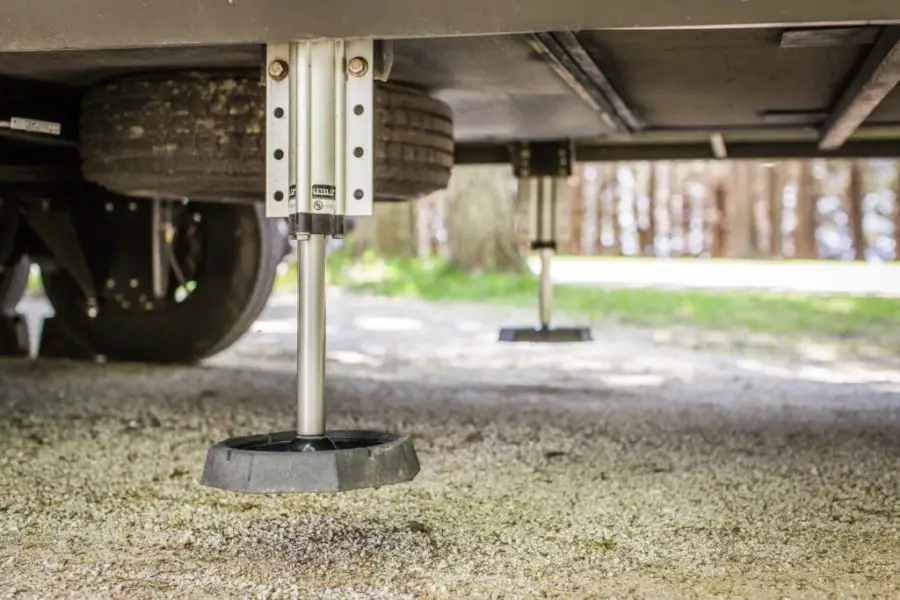
Leveling is the process of making sure your RV is on an even plane from side to side and front to back.
Stabilizing keeps the RV steady when people are walking around inside, or when the wind is blowing outside.
You need to both level and stabilize your RV before you start setting up the inside for your stay.
Apply wheel chocks and wheel chock stabilizers before lowering jacks into place.
What is RV stabilizing jacks?
On Larger RVs a stabilizer jack is a metal arm that’s installed into your RV’s frame and designed to extend from the frame of the RV onto the ground. When you’re on the road, your jacks should be retracted into the frame. When you’re parked, you’ll fully extend them until they touch the ground. These systems are designed to lift the weight of the RV and can be used to level or stabilize.
Midsize units usually use blocks to level their rigs and possibly a scissor jack to stabilize them. Often times people make the mistake of using their scissor jacks or stabilizers as levelers. These are not meant to support the weight of the unit and they should not be used to level. Doing so can even cause damage to the frame of your RV.
Smaller campers can use a scissor jack to both levels and stabilize. In this process, you would still want support under your tires for safety.
What are leveling jacks?
Depending on your rig leveling jacks are used to level and, sometimes on larger rigs, also stabilize the RV. They have the capability of lifting the RV off the ground. Stabilizing jacks are specifically used to stabilize your RV after it’s already level. Stabilizing jacks prevent your RV from rocking or swaying while walking through it.
What is the difference between stabilizing jacks and leveling jacks?
If your coach is equipped with hydraulic leveling jacks, they are designed to take the weight of the coach, but you must follow the manufacturer’s directions closely. As a general rule, if it’s hydraulic, it levels; if it has an electric motor or a manual crank, it stabilizes.
In smaller units, both jacks can serve the same purpose really. One manufacturer may even call a scissor jack, a stabilizing jack, and another may call it a leveling jack.
You first want to make sure your RV is level, the force between the RV and the ground will create stabilization.
What are leveling blocks?
An RV leveling block is like a mini ramp for your tires to rest on. Most are made of plastic, and many are designed to stack up and connect with each other to form a graduated series of flat surfaces for parking a tire.
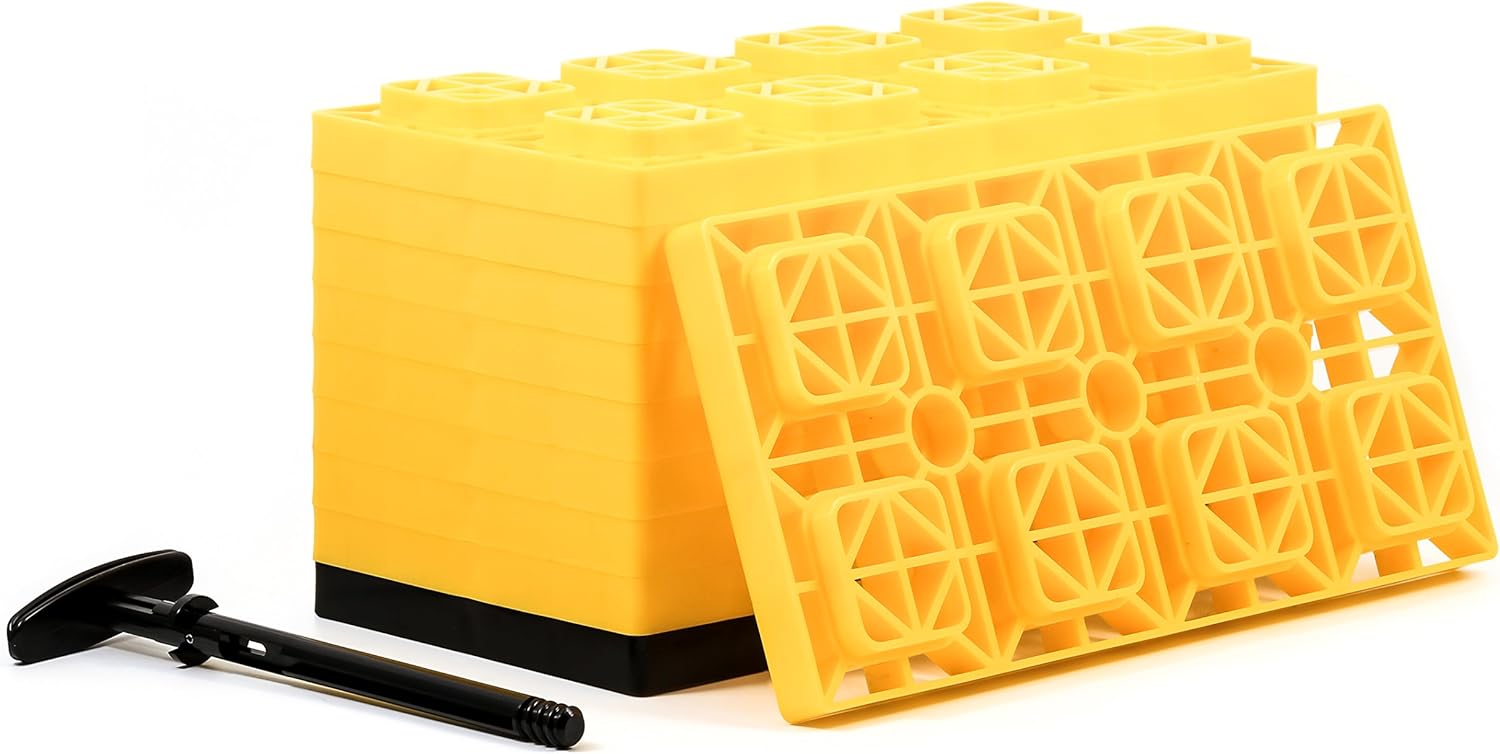
What are scissor jacks?
These are manually cranked most of the time and expand to lift or support. The tool can be attached to a drill for faster use.
Scissor jacks on smaller trailers can be used as levelers or stabilizers. They are just not meant to lift up the weight of the trailer, so that would limit the amount of leveling they can do.

What are wheel chocks?
Wheel chocks are a wedge of sturdy material, such as polyurethane or rubber, placed against a vehicle’s wheels to prevent accidental movement.

What are wheel chock stabilizers?
X-chocks–also known as wheel stabilizers–are metal devices that squeeze between tires, typically dual tires, and prevent them from rocking. These help to stabilize your camper, but they should be used in addition to wheel chocks.

How do my RV stabilizer jacks work?
Should you put blocks under stabilizer jacks?
Front to Back Levelling:
First, lower your stabilizer jacks until they feel tight. Depending on how much height you’ve had to add to the sides, you may need to add blocks under the jacks as well.
How much weight can you put on stabilizer jacks?
Here’s a quote from one jack manual: “This jack’s weight capacity is 5,000 lb. only between 13-3/4” and 23-1/2”; the weight capacity drastically reduces as the height drops below this level. Do not apply a load to this jack below 13-3/4” in height.” You would need to read your manual carefully as each manufacturer has different specs.
Should stabilizer jacks be fully extended?
Stabilizer jacks are often located at the front and rear of units. Each jack is in place when it touches the ground. Don’t extend it any further, because it could get stuck or damaged in the process. Never drive with the stabilizer jacks extended any distance, fully retract them. Again check your owner’s manual as they may suggest adding blocks if extending a certain distance.
How do you lubricate trailer stabilizer jacks?
For your stabilizer jacks, I simply recommend using LubriMatic White Lithium Grease # L11350. There is also a spray version if you prefer. This will keep the threaded rod and the pivots properly lubricated and keep them from corrosion.
Jacks should be inspected at each location you stop to set up as with your complete RV.
What happens if your RV is not level?
An RV should be level within 1 – 2 degrees from the plum. Visually, this would be about half a bubble on a bubble level. It should be leveled from side to side and then from front to back.
If your RV is not level, you are adding stress to many areas including door frames, plumbing, cupboards, and even the chassis. An RV was built to be level so you could be causing long-term issues and damage if you are using it without it being properly leveled.
If your RV is not properly level then your tank sensors will not read correctly. Depending on the slope, your sensors may read as more full or more empty than they really are. This can even affect drainage by not allowing all of your tanks to empty.
Ideally, you would never run your RV fridge when it wasn’t perfectly level. Studies have found that after only 2 or 3 minutes on an unlevel surface, temperatures in the RV refrigerator’s cooling system can spike well above the 350 degrees Fahrenheit norm.
Lastly, most guidelines state that you should level your RV first, and then deploy the slide-outs. Extending your slides before your RV is level could damage the retracting mechanisms of your slides.
Can I level my trailer with scissor jacks?
Scissor jacks on trailers can be used as levelers or stabilizers. They are just not meant to lift up the weight of the trailer so that would limit the amount of leveling they can do.
Do I need a fifth-wheel stabilizer?
Tripods are not necessary but can be helpful when stabilizing a fifth wheel. The type of terrain under the fifth wheel will determine the type of stabilization equipment needed. Tripods are definitely useful pieces of equipment for fifth wheel owners to keep on hand, but many people consider them to be nonessential.
It helps prevent your trailer from rocking front to back or side to side whenever you are moving around inside the trailer.
Should I put jacks under my slide-out?
The short answer is no, RV slide-out supports are not necessary. In fact, they aren’t even recommended. There are a number of reasons why you don’t want to use slide-out supports or jacks, the biggest being that they simply aren’t made to need them.
If you are researching how these jacks work you may also be interested in how much RVs weigh. Please check out our other blog on – How much does the average RV weigh?

